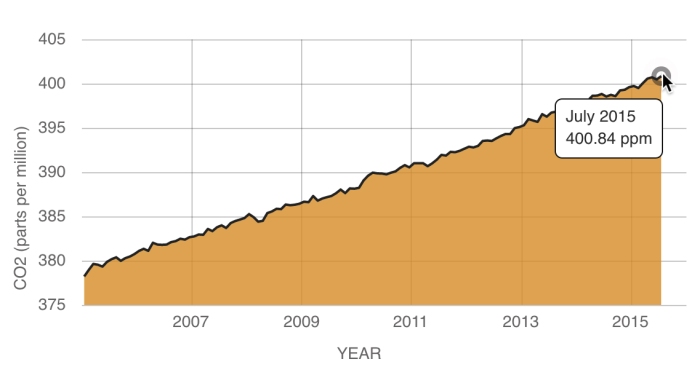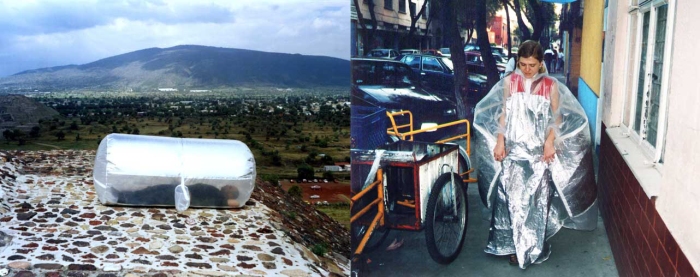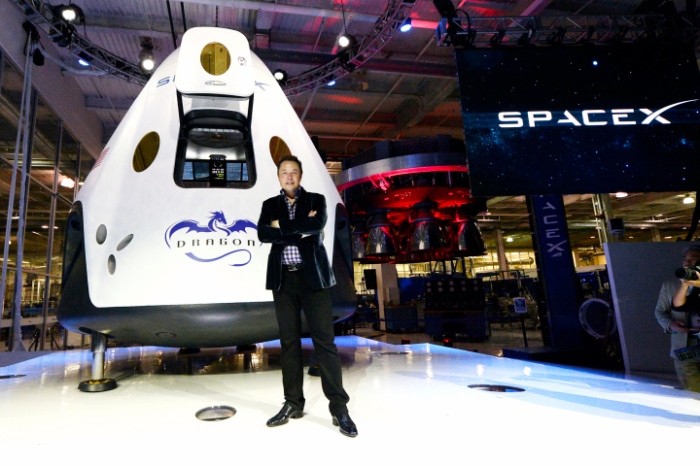For many years, since the beginning of the Industrial Revolution in the 18th century, many scientists and scientifically engaged people have used the geologic term, ‘Anthropocene’ to identify the period in Earth’s history during which humans have a significant impact on the Earth’s ecosystem (Subcommission on Quaternary Stratigraphy 2015).
It is widely agreed that we are now living in this new proposed epoch— Anthropocene. In the Week 3 lecture, Dr. Jacqueline Kasunic mentions that nature is “not natural and cannot be naturalised” (Kasunic 2015). The reason for this is that nowadays, it is humans that form nature.
Evidence of the harm we have brought to our planet is vast and compelling. The chart produced by NASA indicates that the level of carbon dioxide has risen throughout the years. The latest measurement of carbon dioxide (CO2) as of July 2015 is 400.84 ppm, the highest in 650,000 years (NASA 2015).

Yet, this is only one side of the story; we’re changing the planet in many other ways. Large amounts of soil have eroded due to deforestation, fertile grasslands are becoming like deserts, as well as ice formations and species are soon to disappear from the planet.
Along with ecosystems, species and global climate, Morton (2010, p.3) suggests that thinking has also been damaged. One of the futures thinking concept, Inayatullah (2008, p.5) indicates is disowned future in which humans choose to focus on their strategic plans and consequently ignore and push the future away.
To counter this thinking, there are many initiatives in the world designed to raise awareness among society about the global challenges that we face today and its future implications. For example, Globaia is an organisation which aims to do this mainly through broadcast and visual tools such as films, conferences, 3D visualisations, maps and diagrams.
Additionally, many designers have shifted roles in terms of working for the greater good instead of artists for hire. They have embraced a new revolution of design based on the concept of sustainability in which products have been made out of eco-friendly, minimal and recycled materials or renewable energy. Replenish, for instance, is a reusable bottle made from the most recyclable plastic called PET-1. It contains a concentrated refill pod on the bottom, which when inverted fills the bottle with concentrate liquids that can then be topped up with tap water. ‘It’s an all-round winner saving waste and materials, along with the transport emissions from shipping water’ (The Guardian 2012).

More speculative and often uncanny future proposals in response to resource depletion have emerged such as the ‘Sleepingbagdress’ Prototype by Ana Rewakowicz. It can serve both as a dress and a temporary shelter. Below the images show the temporary shelter shaped as a cylindrical container (left) which functions on a small computer fan powered by a rechargeable lead battery while the dress (right) features batteries charged by a solar panel (Rewana 2015).

While there has been an increasing awareness of the future, the key is for everyone to act collectively towards sustainable development in order for the preservation of our planet.
By: Patricia Roxas
References:
Core77 2010, Replenish: A “disruptive” spray bottle that’s better for the environment, viewed 26 August 2015, <http://www.core77.com/posts/17659/replenish-a-disruptive-spray-bottle-thats-better-for-the-environment-17659>.
Inayatullah, S. 2008, ‘Six pillars: futures thinking for transforming’, Foresight, vol. 10, no. 1, pp. 4-21.
Kasunic, J. 2015, ‘Lecture: ‘Change us to suit the world’: Living in the anthropocene and why designers need to act now.’, UTS Online Subject 85202, PowerPoint presentation, UTS, Sydney, viewed 14 August 2015, <https://uts.echo360.net/ess/echo/presentation/d20fb3d4-745d-41f3-80e0-9a025ebf7cfb?ec=true>.
Morton, T. 2010, The ecological thought, Harvard University Press, Cambridge, Mass.
NASA 2015, Carbon Dioxide, viewed 26 August 2015, <http://climate.nasa.gov/vital-signs/carbon-dioxide/>.
Rewana 2015, Prototypes, viewed 26 August 2015, <http://rewana.com/prototypes-sleeping-dress.html>.
Subcommission on Quaternary Stratigraphy 2015, Working group on the ‘Anthropocene’, viewed 26 August 2015, <http://quaternary.stratigraphy.org/workinggroups/anthropocene/>.
The Guardian 2012, Sustainable product design – in pictures, viewed 26 August 2015, <http://www.theguardian.com/sustainable-business/gallery/sustainable-product-design-in-pictures>.









